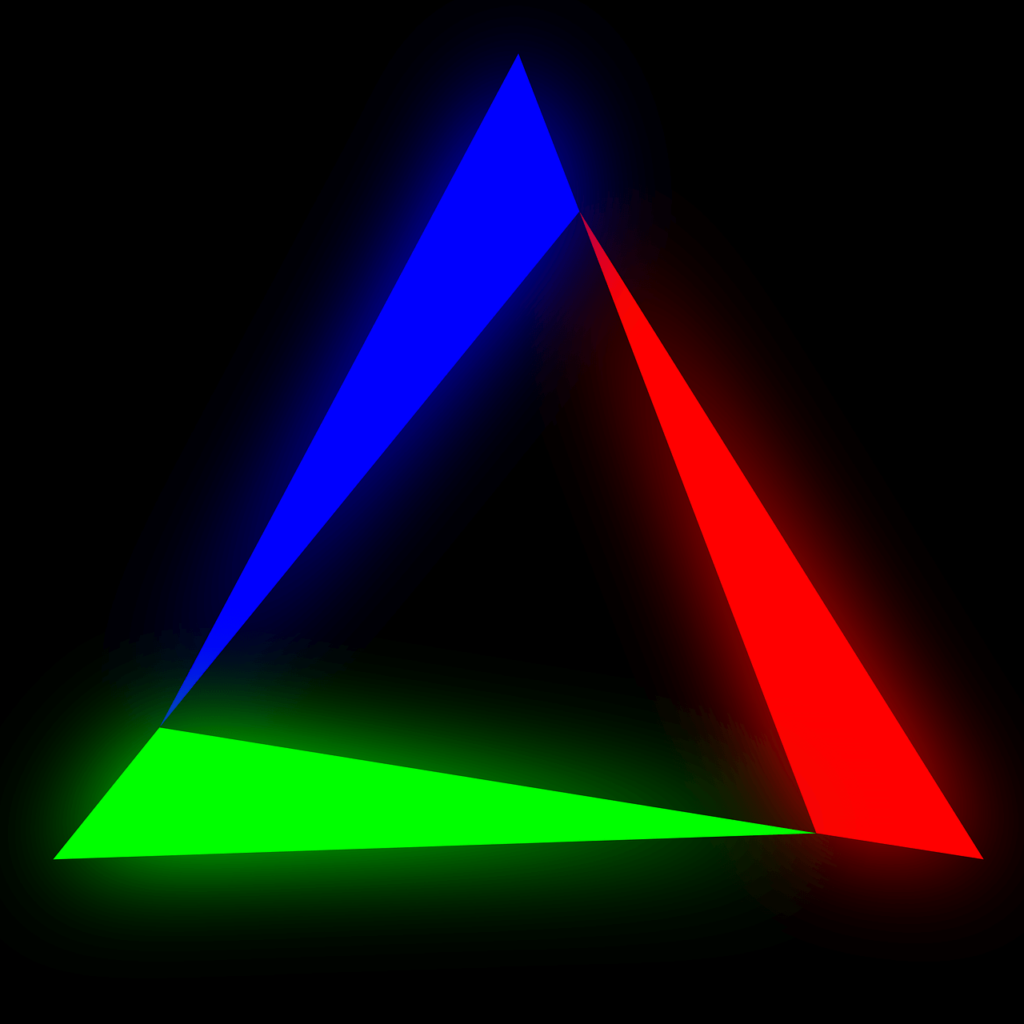Colors play a crucial position in internet design, affecting each how customers enjoy your web page and how available it is to all of us. By getting a very good hold close of RGB and HEX colour codes, you could take your net design to the following level, making your websites not just visually beautiful however additionally greater person-friendly and attractive.
The proper use of colors can guide users’ attention, evoke feelings, and ensure readability for all visitors. Mastering these shade codes empowers you to create designs which might be both stunning and inclusive, enhancing the general person experience.
Mastering RGB and HEX Color Codes
RGB (Red, Green, Blue) is a color model that generates a extensive variety of colours by means of mixing varying intensities of crimson, green, and blue mild. Each of those values can variety from 0 to 255, main to over sixteen million possible color combos.
HEX codes constitute those RGB values in a hexadecimal layout, a base-sixteen numbering gadget. A HEX code starts offevolved with a # observed via six characters. For instance, #FF5733 corresponds to an RGB price of (255, 87, 51).
Both rgb and hex can be converted easily using tools on https://rgb-hex.com/
Using CSS for Color Styling
CSS (Cascading Style Sheets) offers various ways to apply colors to web elements, including RGB and HEX formats. Here’s how you can use them:
/* HEX color example */
body {
background-color: #FF5733;
}
/* RGB color example */
p {
color: rgb(255, 87, 51);
}
/* RGBA color example with transparency */
div {
background-color: rgba(255, 87, 51, 0.5);
}Mastering Color Theory
Color theory helps create harmonious and visually appealing color schemes. Key concepts include:
- Primary Colors: Red, blue, and yellow (traditional) or red, green, and blue (RGB).
- Secondary Colors: Colors formed by mixing primary colors.
- Tertiary Colors: Colors formed by mixing primary and secondary colors.
Using the color wheel like this https://www.w3schools.com/colors/colors_wheels.asp, you can create schemes such as complementary (opposite colors), analogous (adjacent colors), and triadic (three evenly spaced colors).
Ensuring Accessibility with Color Contrast
High color contrast is essential for readability, especially for users with visual impairments. The Web Content Accessibility Guidelines (WCAG) recommend a contrast ratio of at least 4.5:1 for normal text and 3:1 for large text. Tools like the WebAIM Contrast Checker can help verify compliance.

Adapting Colors for Responsive Design
Responsive design ensures your website looks great on any device. Key considerations for responsive color design include:
- Using flexible units like percentages for color properties.
- Maintaining consistent color appearance across different browsers and devices.
- Testing colors on various devices to ensure visual coherence.
Tools for Color Selection and Management
Several tools can help you choose and manage colors effectively:
- Color Pickers: Tools like Adobe Color and Coolors help generate palettes.
- Browser Developer Tools: Inspect and modify colors directly in your browser.
- Color Management Tools: Tools like Sass for organizing colors in your CSS.
Implementing Dark and Light Modes
Designing for both dark and light modes enhances user experience. Use CSS media queries to adapt your design based on system preferences:
@media (prefers-color-scheme: dark) {
body {
background-color: #333;
color: #FFF;
}
}
@media (prefers-color-scheme: light) {
body {
background-color: #FFF;
color: #000;
}
}Creating Custom Color Palettes
Creating custom palettes ensures your design aligns with your brand identity. Techniques include:
- Using brand colors as a base and expanding to complementary colors.
- Ensuring color harmony and visual consistency.
- Testing palettes in various contexts for coherence.
Using Gradients and Backgrounds
Gradients add depth and visual interest. CSS enables you to create linear and radial gradients:
/* Linear gradient example */
header {
background: linear-gradient(to right, #FF5733, #FFC300);
}
/* Radial gradient example */
footer {
background: radial-gradient(circle, #FF5733, #FFC300);
}
Dynamic Dynamic and Themed Color Schemes
Dynamic themes allow users to switch color schemes. Use CSS variables and JavaScript for easy theme management:
:root {
--primary-color: #FF5733;
}
body {
background-color: var(--primary-color);
}
js
Copy code
document.documentElement.style.setProperty('--primary-color', '#FFC300');Enhancing Interactivity with Animations and Transitions
Color transitions and animations make interactions more engaging. CSS makes it simple:
background-color: #FF5733;
transition: background-color 0.3s ease;
}
button:hover {
background-color: #FFC300;
}Leveraging SVG and Canvas Graphics
SVG and canvas graphics offer dynamic and scalable visual elements. Enhance them with colors:
<svg width="100" height="100">
<rect width="100" height="100" fill="#FF5733" />
</svg>
<canvas id="myCanvas" width="100" height="100"></canvas>
<script>
var canvas = document.getElementById('myCanvas');
var context = canvas.getContext('2d');
context.fillStyle = '#FF5733';
context.fillRect(0, 0, 100, 100);
</script>
Streamlining Color Management
Frameworks like Bootstrap and Tailwind CSS streamline web design by offering built-in color utilities for creating cohesive and visually appealing palettes. These tools provide customizable options to align with your brand’s identity. Additionally, libraries such as Chroma.js enhance color manipulation capabilities with features like color scale generation and contrast calculations.
Integrating these resources into your workflow ensures efficient and effective color management, ultimately improving the usability and aesthetic quality of your web applications.
Conclusion
RGB and HEX colour codes in internet design now not simplest enhances the visible enchantment of web sites however it improves usability and accessibility. By expertise color principle, leveraging tools for contrast and responsiveness, and adopting dynamic subject matters and interactive factors, designers can create compelling consumer reviews across specific devices and contexts. Embracing these ideas and tools ensures efficient shade management, in the end raising the great and impact of net applications.